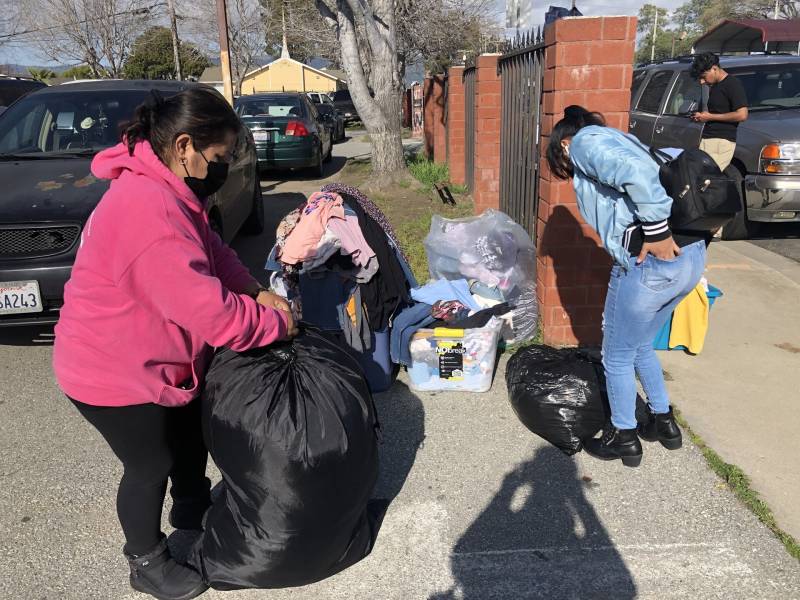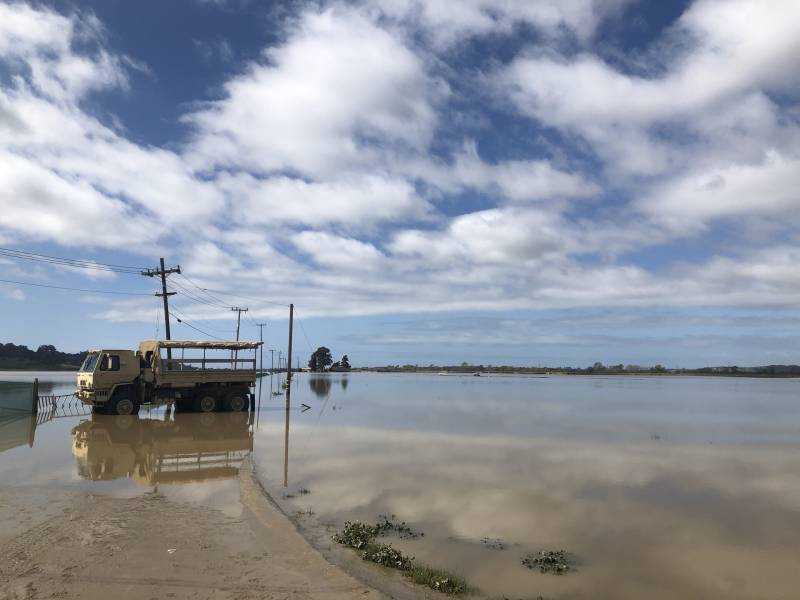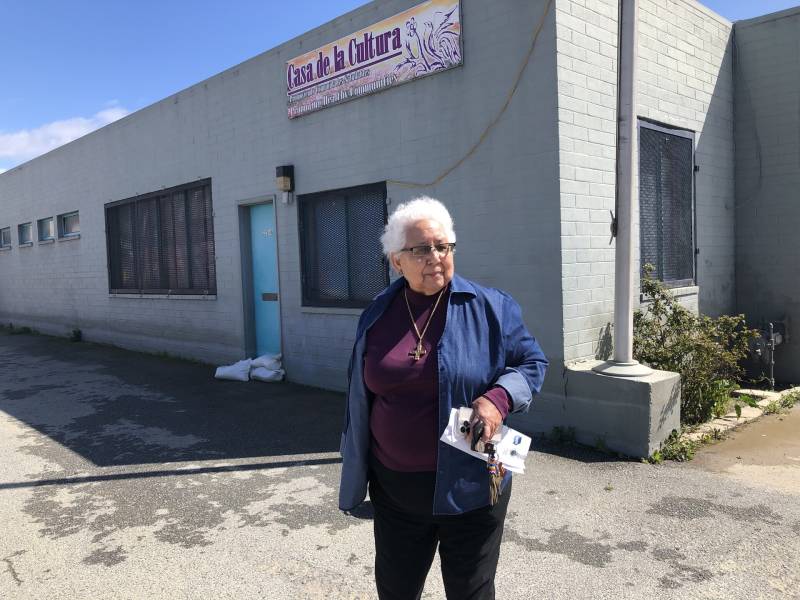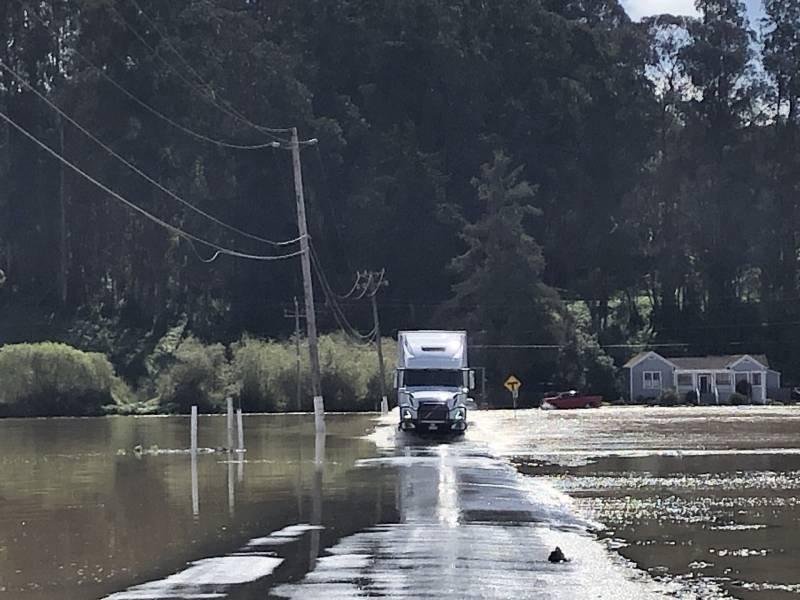As another atmospheric river storm approaches California, thousands of farmworkers could be left with no income for months after a disastrous flood submerged an “alarming” acreage of agricultural land in California’s Central Coast, according to Monterey County officials.
The community of Pajaro, where many farmworkers live, became the emergency’s ground zero after a nearby river levee broke last week and residents were forced to evacuate their homes. Emergency crews have since patched up the Pajaro River levee breach, allowing floodwaters to recede from streets, homes and businesses. But all 3,000 residents continue to be displaced and are under evacuation orders.
“We have nothing. No money. No home,” said Juana Juarez, a longtime farmworker and single mother of three, in Spanish, as tears streamed down her face. “I feel like I’ve reached rock bottom.”
Juarez, 41, worried about how to pay for rent and food for her kids. She planned to start working this month, the usual start to harvesting season for strawberries — the county’s top crop. But now an overwhelming economic and housing uncertainty keeps her up at night.

The devastation in the mostly lower-income Latino community was clear earlier this week. Trucks sat partly inundated in parking lots, while tires, metal pots and other debris littered the deserted roads. A blue beauty salon on Main Street was missing part of its front wall.
Sister Rosa Dolores Rodriguez returned to her nonprofit, Casa de la Cultura Center, to find that water had left a mark on the brick walls more than 2 feet up from the ground. She carefully opened the building’s front door to find a thick, shiny layer of mud covering the ground floor.
“I’m OK. I’m OK,” she slowly assured herself. And then, “That’s going to require a lot of help to clean out the mud,” she said, as she began considering the impacts. The piano and some electronics would be damaged, she said. Mold might be growing in the walls.
Just outside the town, expansive farmlands looked like shimmering lakes. County officials have started the long process of assessing losses to the local agricultural industry, with a production gross value of $4.1 billion in 2021.



